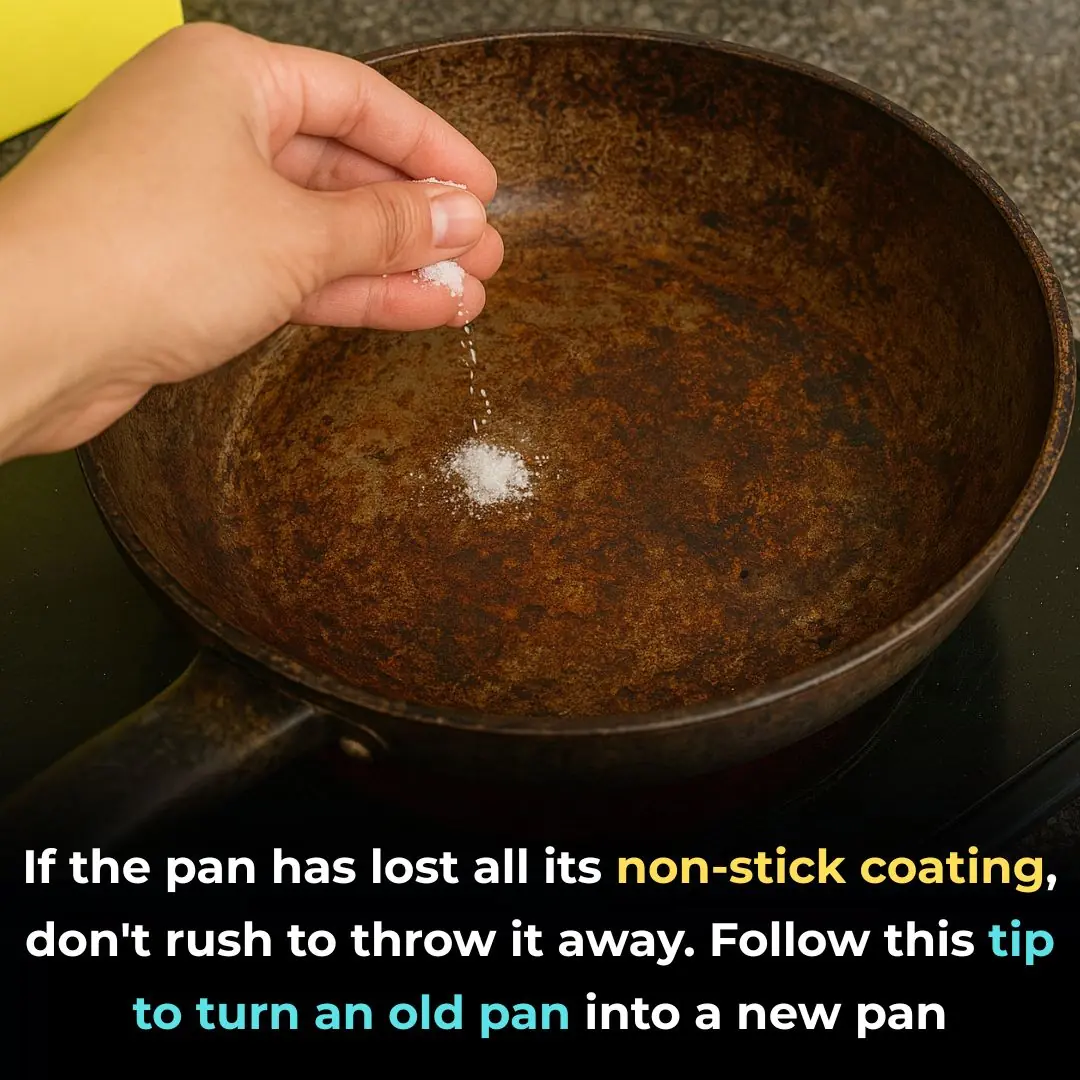
Most do this wrong. 10 bedding items you’re storing wrong

We all strive for comfortable, cozy bedding, yet few of us think carefully about how we store these essential items. Improper storage can lead to damage, unpleasant odors, and even health concerns like mold or dust mites. Over time, these issues can cost you both money and peace of mind. Whether you’re packing away bedding for a season or simply organizing your linen closet, understanding the right storage methods is crucial for maintaining freshness and longevity.
In this article, we’ll explore eleven common mistakes people make when storing bedding—and provide the best solutions for each. From comforters to fitted sheets, learn how to keep your linens clean, breathable, and ready for use whenever you need them.
1. Storing Comforters in Cardboard Boxes
Using cardboard boxes might seem practical and affordable, but they’re far from ideal for long-term bedding storage. Cardboard easily absorbs moisture, which promotes mold and mildew growth—especially in humid climates. Over time, the acids in cardboard can also discolor delicate fabrics.
Better solution: Choose breathable cotton storage bags or sturdy plastic bins with tight-fitting lids. Always ensure your comforter is completely dry before putting it away. For extra protection, place a few silica gel packets or activated charcoal bags inside to absorb any lingering moisture.
2. Keeping Pillows in Garbage Bags
Garbage bags are a common go-to, but they’re a poor choice for pillow storage. They lack ventilation, trap moisture, and may even transfer chemical odors to your fabric. As a result, your pillows can develop mildew or an unpleasant, plastic-like smell.
Better solution: Use cotton or linen pillow storage bags, which allow airflow and prevent mustiness. If you must use plastic, opt for high-quality, food-safe plastic with small ventilation holes. Storing pillows in breathable materials will also help preserve their fluff and shape.
3. Storing Linens Without Washing
Packing away unwashed linens is a silent invitation for bacteria, dust mites, and unpleasant odors. Body oils, sweat, and skin cells can cling to the fabric and attract pests over time.
Better solution: Always wash your bedding before storage using a gentle detergent and make sure it’s fully dry. Fold neatly and store in a cool, dry place. To keep everything smelling fresh, add lavender sachets, cedar blocks, or a few drops of essential oil on a cotton pad inside your storage container.
4. Folding Weighted Blankets Too Tightly
Weighted blankets provide comfort through evenly distributed weight. When tightly folded, their internal filling can clump or shift, reducing their effectiveness and comfort.
Better solution: Roll your weighted blanket loosely or hang it over a wide, padded hanger. This helps maintain its structure and ensures the weight remains evenly distributed. If space allows, store it flat in a breathable bag.
5. Packing Duvet Covers in Airtight Plastic
Plastic containers may seem protective, but airtight plastic can trap humidity and cause mildew or musty smells over time. Lack of airflow also weakens fibers, especially in natural fabrics like cotton or linen.
Better solution: Store duvet covers in breathable cotton bags or pillowcases. If plastic containers are your only option, leave them slightly open or air out the contents periodically. You can also layer acid-free tissue paper between fabrics to help them stay fresh.
6. Rolling Fitted Sheets Incorrectly
Few things are as frustrating as trying to fold fitted sheets neatly. Poor folding or rolling often leads to wrinkles and disorganization, making it harder to find matching sets later.
Better solution: Tuck all four elastic corners into one another, creating a smooth rectangle. Then, fold or roll neatly before placing it in your linen closet. You can even store each sheet set inside one of its pillowcases for easy access and a clutter-free look.
7. Storing Mattresses Without Covers
Mattresses are one of the most expensive bedding items, yet many people store them uncovered. This leaves them vulnerable to dust, pests, and moisture, which can cause odor and structural damage.
Better solution: Use a breathable, water-resistant mattress storage bag or protector. Avoid wrapping the mattress in plastic wrap, which traps humidity. Store it flat if possible, or upright in a clean, dry space with good airflow.
8. Leaving Electric Blankets in Humid Areas
Electric blankets require special care. Storing them in humid or damp environments can corrode internal wiring, creating potential safety hazards like short circuits or electrical fires.
Better solution: Store your electric blanket in a cool, dry, well-ventilated area. Fold it loosely to avoid creasing the wiring and make sure it’s completely dry before storage. Avoid placing heavy items on top, which could damage the heating elements.
9. Stacking Quilts Too High
Overstacking quilts may save space, but it can flatten delicate stitching and distort their shape. Heavy stacks also increase pressure, which can cause permanent creases or stress on the fabric.
Better solution: Limit stacks to two or three quilts at most. Rolling them instead of folding helps maintain their softness and design. Store them in a breathable cotton bag or wrap them in acid-free tissue for added protection.
10. Exposing Bedding to Direct Sunlight
Sunlight can cause fading and weaken fabric fibers, particularly in natural materials like linen and cotton. Prolonged UV exposure reduces the lifespan and color vibrancy of your bedding.
Better solution: Store bedding in a cool, dark place such as a linen closet, under-bed drawer, or opaque storage bin. If you need to display or dry your bedding, do so in shaded areas or indirect light.
Ignoring Seasonal Storage Adjustments
Many people overlook the importance of adapting their storage based on the season. For example, heavy winter blankets stored in summer heat without proper ventilation can trap moisture, while lightweight linens stored during winter may become dry and brittle.
Better solution: Adjust your storage routine seasonally. During humid months, use dehumidifiers or silica gel packs to keep moisture under control. In dry months, open storage spaces occasionally to refresh air circulation. Rotate bedding regularly so every item wears evenly and maintains its softness.
Final Thoughts
Proper bedding storage is more than just organization—it’s preservation. By avoiding these common mistakes and investing a little time in smart storage techniques, you’ll extend the life of your bedding, save money, and ensure that every night’s sleep feels as fresh as the first. With a few simple adjustments, your bedding will remain clean, cozy, and ready whenever you need it.
News in the same category


My nana taught me this hack to dust ceiling fans in 3 mins with 0 work. Here’s how it works

My nana taught me this hack to lift carpet stains in 2 mins with 0 work. Here’s how it works

3 ways to prevent snakes from entering the house, everyone needs to know to protect their family

Tips to clean gas stove rust with rice water and cooking oil, seems like a joke but the effect is surprising, the stove is sparkling clean

You’re doing it all wrong. Here’s the right way to store bread

Make Your Bitter Melon Soup Sweet and Nutritious — Just Add This One Ingredient

Should You Unplug Your Rice Cooker After the Rice Is Cooked?

Most do this wrong. 10 dairy items you’re storing incorrectly

Most do this wrong. 10 vegetables you’re storing the wrong way

5 foods you should never keep in the refrigerator door, take them out immediately before it's too late

Why are women's buttons on the left while men's are on the right?

If your pan has lost all its non-stick coating, don't be quick to throw it away; follow this method and your pan will be like new again.

When washing clothes, don't just add detergent; here's a little tip for you: dirty clothes will look like new.

Mosquitoes are very afraid of this liquid; placing a bowl in the room keeps them from buzzing around all night.

Don't throw away rotten tomatoes, the rottener the tomatoes, the more useful they are if you know these uses

Here's how to open a can in an emergency (this is so simple!)

When buying avocado, don't be greedy for big fruit or you'll "waste money", choose this point to get the most delicious and supple one.

98% of people don't know what the hole in a safety pin is for
News Post

8 reasons why adding baking soda to your toilet tank is a must-do trick

My nana taught me this hack to dust ceiling fans in 3 mins with 0 work. Here’s how it works

My nana taught me this hack to lift carpet stains in 2 mins with 0 work. Here’s how it works

YouTubers spend $10,000 unboxing three jet boats from Temu and are in shock at what's delivered

Netflix star issues message to MrBeast after claims YouTube star is opening his own bank

Remembering Lee Elder, A Trailblazer Who Broke Barriers In Golf

‘Towanda Was Right’: Tamar Braxton Lands In the Hot Seat After Cozy Onstage Moment with Toni Braxton’s Husband Birdman

The Elephant That Never Forgot.

The Man Who Never Stopped Living.

The Cry in the Cane Field: A Mother Leopard’s Reunion.

The Diver Who Never Came Back: The Story of Saman Kunan.

The Girl Who Refused to Give Up: Yulia’s Story of Survival and Courage.

Camille’s Fight: The Girl Who Named Her Tumor and Found Her Courage.

A Dance for Daddy: The Soldier Who Stepped In When a Little Girl Needed Him Most.

The Man Who Gave a Turtle Its Freedom Back.

To the Ones Who Show Up: A Mother’s Letter to the Teachers Who Stand Between Our Children and the World.

The Whale Behind Them: A Once-in-a-Lifetime Encounter at San Ignacio Lagoon.

Red Onion for Hair Growth: How This Overlooked Natural Remedy Can Stop Hair Fall and Boost Thickness Fast

3 ways to prevent snakes from entering the house, everyone needs to know to protect their family
